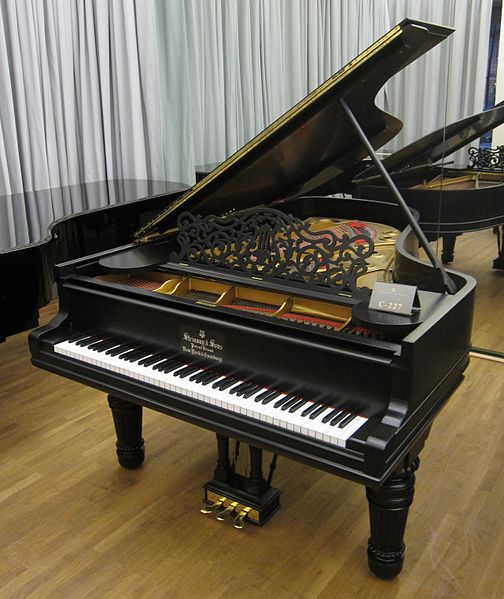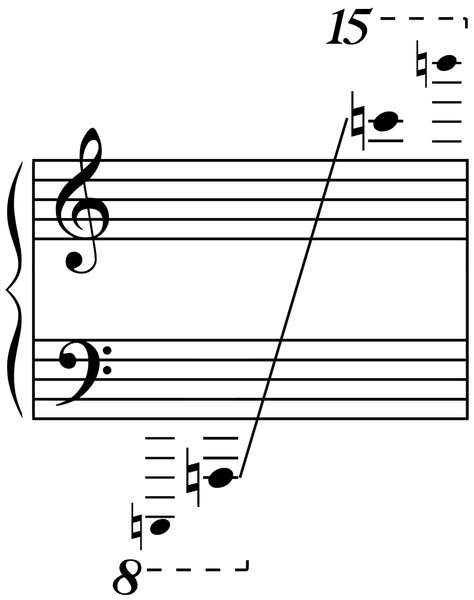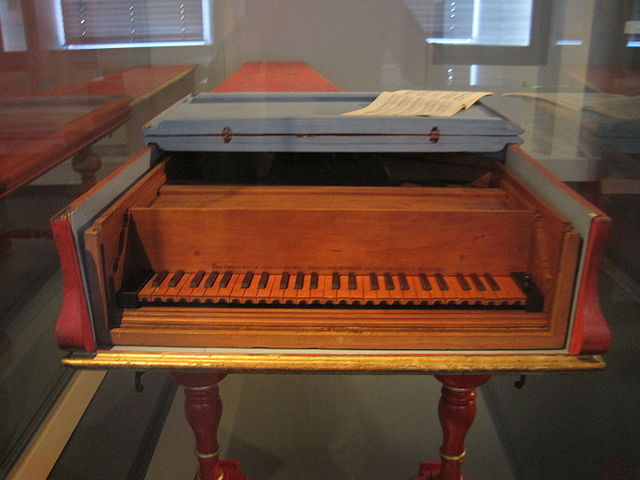A fortepiano, sometimes referred to as a pianoforte, is an early piano. In principle, the word "fortepiano" can designate any piano dating from the invention of the instrument by Bartolomeo Cristofori in 1698 up to the early 19th century. Most typically, however, it is used to refer to the mid-18th to early-19th century instruments, for which composers of the Classical era, especially Haydn, Mozart, and the younger Beethoven and Hummel, wrote their piano music.
Fortepiano by Paul McNulty after Walter & Sohn, c. 1805
Danilo Mascetti fortepiano specialist
A 1720 fortepiano by Cristofori in the Metropolitan Museum of Art in New York City. It is the oldest surviving piano.
Fortepiano by Johann Andreas Stein (Augsburg, 1775) – Berlin, Musikinstrumentenmuseum
The piano is a keyboard instrument that produces sound when its keys are depressed, through engagement of an action whose hammers strike strings. Most pianos have a row of 88 black and white keys, representing each note of the chromatic scale as they repeat throughout the keyboard's span of seven and a quarter octaves. There are 52 white keys, known as “naturals”, and 36 black keys, known as “sharps”. The naturals repeat a pattern of whole steps and half steps unique to any given starting note. These patterns define a diatonic scale. The 36 sharps repeat a pattern of whole steps and minor thirds, which defines a pentatonic scale.
Image: Steinway Vienna 002
Image: Piano droit Weinbach (2)
Image: lossy page 1 Piano Range.tif
The 1726 Cristofori piano in the Musikinstrumenten-Museum in Leipzig








